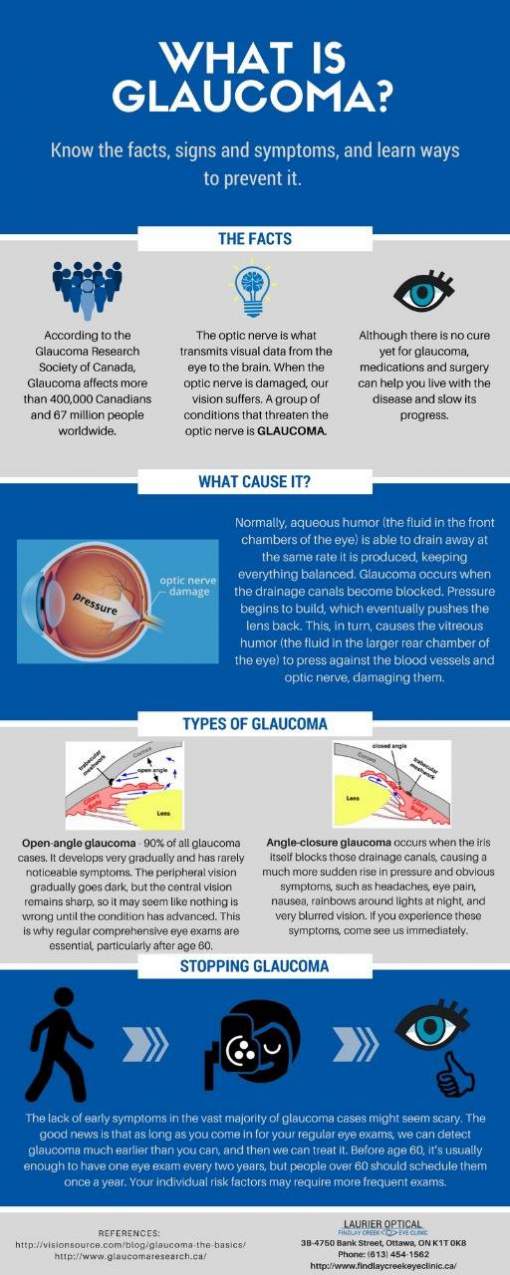Are You Thinking About Learning About The Differences Among SMILE, LASIK, And PRK Eye Surgical Treatments?
Are You Thinking About Learning About The Differences Among SMILE, LASIK, And PRK Eye Surgical Treatments?
Blog Article
Content Writer-Foss Kerr
If you have actually been taking into consideration SMILE eye surgical procedure, you may wonder just how it compares to LASIK and PRK. Each procedure has its own set of advantages and considerations. From quicker recuperation times to prospective threats, there are essential distinctions you should understand before deciding. Comprehending these distinctions will certainly help you make an enlightened option that straightens with your particular needs and assumptions. Interested to know even more about just how these treatments compare in detail? Go on exploring to gain a detailed understanding of SMILE, LASIK, and PRK.
SMILE Eye Surgical Treatment Overview
If you're thinking about SMILE eye surgery, you'll find it to be a minimally intrusive procedure with a fast healing time. During SMILE (Tiny Cut Lenticule Removal), a laser is made use of to create a small, specific cut in the cornea to remove a small item of cells, reshaping it to fix your vision. This varies from LASIK, where a flap is produced, and PRK, where the external layer of the cornea is entirely gotten rid of.
is cataract surgery elective of the crucial benefits of SMILE is its minimally intrusive nature, bring about a faster recovery procedure and less pain post-surgery. The recovery time for SMILE is relatively fast, with many clients experiencing enhanced vision within a day or two. This makes it a preferred choice for those looking for a convenient and reliable vision correction procedure. In addition, SMILE has been revealed to have a reduced threat of dry eye disorder compared to LASIK, making it a beneficial alternative for individuals worried about this possible negative effects.
Distinctions Between SMILE, LASIK, and PRK
When contrasting SMILE, LASIK, and PRK eye surgical procedures, it's important to comprehend the distinctive techniques utilized in each treatment for vision adjustment.
SMILE (Tiny Incision Lenticule Extraction) is a minimally invasive procedure that entails developing a little laceration to extract a lenticule from the cornea, reshaping it to correct vision.
LASIK (Laser-Assisted In Situ Keratomileusis) entails creating a slim flap on the cornea, using a laser to improve the underlying tissue, and afterwards repositioning the flap.
PRK (Photorefractive Keratectomy) removes the external layer of the cornea before reshaping the cells with a laser.
The major difference lies in the method the cornea is accessed and dealt with. SMILE is flapless, making it a good alternative for individuals with thin corneas or those involved in contact sports. LASIK uses rapid aesthetic recovery because of the flap production, yet it might position a higher risk of flap-related issues. PRK, although having a longer recovery period, prevents flap-related problems altogether.
Recognizing these variances is important in choosing the most appropriate treatment for your vision improvement demands.
Pros and Cons Comparison
To assess the advantages and downsides of SMILE, LASIK, and PRK eye surgical treatments, it's important to think about the specific benefits and possible restrictions of each treatment. SMILE surgical treatment uses the advantage of a minimally intrusive procedure, with a smaller incision and potentially quicker recuperation time compared to LASIK and PRK. It likewise reduces the danger of completely dry eye post-surgery, a common negative effects of LASIK. Nevertheless, SMILE might have restrictions in treating higher levels of myopia or astigmatism contrasted to LASIK.
LASIK surgical procedure gives rapid visual recuperation and marginal pain throughout the procedure. It's highly reliable in treating a wide variety of refractive errors, including nearsightedness, hyperopia, and astigmatism. Yet, cataract surgery under local anesthesia of flap problems, which can affect the corneal framework.
PRK eye surgical procedure, while not as preferred as LASIK, stays clear of creating a corneal flap, reducing the risk of flap-related complications. It appropriates for individuals with thin corneas or irregular corneal surface areas. However, PRK has a longer recuperation time and may entail extra pain during the recovery procedure.
Final thought
So, when it concerns choosing in between SMILE, LASIK, and PRK, consider it like selecting the excellent set of shoes. SMILE is like a smooth, comfortable pair of sneakers - quick and easy.
LASIK is more like stylish high heels - flashy and quickly, however with some possible risks.
PRK is like tough hiking boots - trustworthy and sturdy, however requiring a little bit more effort and time.
Ultimately, the very best option depends on your specific demands and choices.
